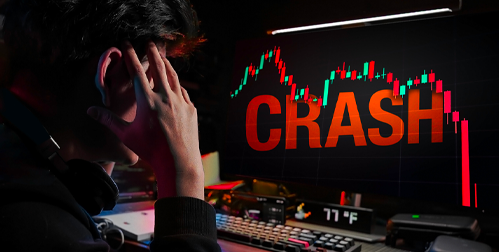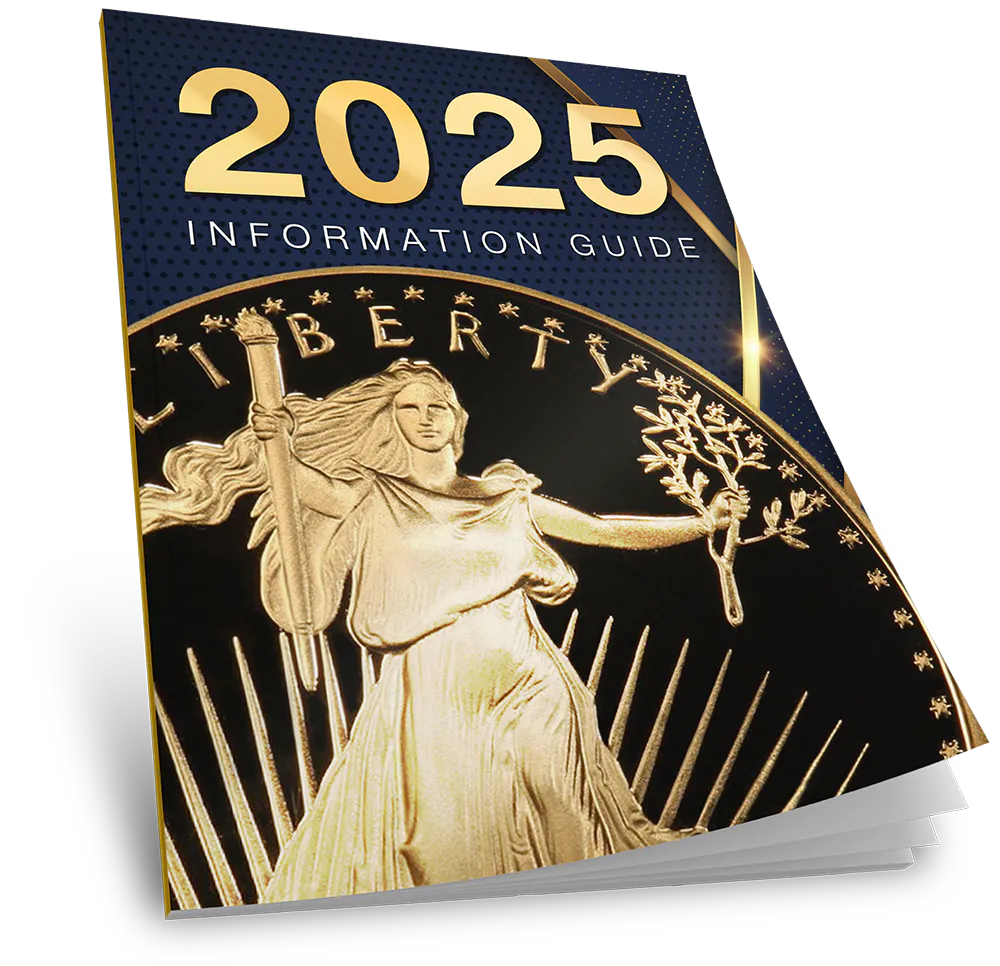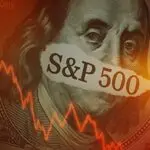Yesterday’s trading session will be etched into the annals of financial history as a day of unprecedented market turmoil. Stock markets around the world were engulfed in a devastating sell-off. Investors are left reeling, navigating an uncertain financial landscape. The Dow Jones Industrial Average plunged by an alarming 1,000 points. Japan’s Nikkei 225 experienced its worst single-day drop since the infamous market crash of 1987. The sheer scale of today’s losses raises serious concerns about the global financial system’s stability. What does all this mean for the individual investor? 1
The Dow’s Dramatic Decline
The Dow Jones Industrial Average is a key barometer of the U.S. economy. It is often seen as a symbol of American economic strength. Yesterday, it tumbled by 1,000 points. This staggering drop reflects deep-seated fears about the economy’s health. In fact it marks one of the most severe single-day plunges in recent memory. What precipitated the sell-off? Disappointing economic data. Rising concerns about a potential recession. The fear that the Feds have stifled the U.S. economy for too long through high interest rates. 2
U.S. stock futures had already signaled trouble overnight. Nasdaq futures were down 4%. Dow futures fell 1.5%, and S&P 500 futures slid 2.3%. This early warning was not enough to prevent the sell-off from gaining momentum as the trading day progressed. The market’s volatility was exacerbated by an unexpected slowdown in job growth reported last week. This further fueled fears that the Federal Reserve’s aggressive rate hikes might not be sufficient to stave off a looming economic downturn. 3
Japan’s Historical Plunge
The situation in Japan was even more dire. The Nikkei 225 index, which tracks the performance of Japan’s top companies, crashed by a record 4,451 points today—a loss unprecedented in both magnitude and impact. This represents a jaw-dropping 12% drop in a single day, surpassing even the infamous Black Monday crash of October 1987. The Nikkei’s dramatic fall was driven by a toxic mix of factors including an appreciation of the yen, rising interest rates by the Bank of Japan, and mounting concerns over the health of the global economy.3
The Bank of Japan’s decision to raise interest rates for the second time this year, coupled with its plan to taper bond buying, has had repercussions. The stronger yen could hurt Japan’s export-dependent companies, making their products more expensive abroad and reducing their profitability. This, in turn, has led to a sell-off as investors fled Japanese equities in search of safer assets. 3
Global Contagion: Asia and Beyond
The market carnage extended well beyond Japan. In South Korea, the Kospi index plummeted 8.8%, while Taiwan’s Taiex fell by 8.4%, marking its worst day ever. Australia’s S&P/ASX 200 suffered a 3.7% drop. The sell-off spread to European markets. The Stoxx Europe 600 index fell 2.5% in early trading and closed with a 6% decline over the previous five days, reaching lows not seen since February. 3
In China, the Hang Seng Index and Shanghai Composite fell by 2.3% and 1.3%, respectively. The widespread decline in global markets reflects a contagion effect. This was triggered by the turmoil in Japan and compounded by fears of a severe economic slowdown in the U.S. and China. 3
The Bear Market Threat
The sharp declines in both U.S. and international markets raise the specter of a broader bear market. The U.S. tech sector is already under pressure from weak earnings reports and a slowdown in the AI hype cycle. It bore the brunt of today’s sell-off. Major tech stocks like Nvidia, Apple, Amazon, and Alphabet saw their shares plummet by more than 4%, with Nvidia alone dropping over 6%. 4
A deterioration in tech stocks. A grim economic outlook. Persistent concerns about inflation and interest rates. It has all pushed markets into a state of severe volatility. U.S. stocks ended last week lower, and with today’s additional losses, the Nasdaq Composite has entered correction territory. It is down more than 10% from its most recent peak. 4
Jitters Spread to Oil and Crypto
The carnage was not limited to equities. Oil prices also took a hit, settling at their lowest levels since January. Brent crude and U.S. WTI crude fell by over 3%, reflecting weakened demand and ongoing global economic concerns. 4
Even cryptocurrencies were caught in the crossfire. Bitcoin saw its value drop by more than 12%, falling to just under $53,000. 9 This broad-based decline across asset classes underscores the depth of the market’s current malaise. 4
Headed Towards a Recession?
 5
5
Worries about a potential recession have only been magnified by the latest job report, which triggered the Sahm rule. This economic measure is named after Claudia Sahm, a former Federal Reserve economist. The Sahm rule says: if unemployment based on a three-month average rises by at least a half percentage point over the past 12 months, we could be in a recession. Sahm acknowledges that the employment rate trends “do not look encouraging. They’re headed in the wrong direction, and that momentum is what can get us in trouble. Furthermore, she states, “We’re getting uncomfortably close to [a recession].” 6
A Harbor in the Storm
In times of such profound market instability, it becomes essential for average investors to consider strategies for protecting their wealth. One of the most time-tested methods of safeguarding assets during financial turmoil is investing in gold. Historically, gold has served as a reliable store of value and a hedge against inflation and economic uncertainty.
Those looking to preserve their savings amidst the current market chaos should consider a Gold IRA (Individual Retirement Account). This offers an effective way to invest in physical gold while benefiting from the tax advantages associated with retirement accounts. Gold IRAs allow investors to diversify their portfolios with tangible assets. This provides a buffer against the volatility of stocks and bonds.
Today’s market collapse underscores the unpredictability of financial markets. Incorporating gold into your investment strategy can offer both stability and security. The global economy is facing significant headwinds. The stock market is reeling from dramatic losses. Now is the time to explore how a Gold IRA could enhance your financial resilience. As the stock market continues to grapple with severe declines and uncertainty, ensuring the security of your investments becomes paramount. Investing in a Gold IRA could provide the stability you need to weather the current financial storm. To learn more before it’s too late, contact American Hartford Gold at 800-462-0071 today.






